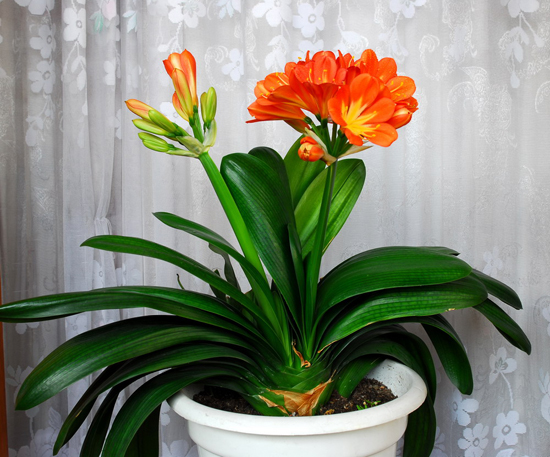What about the rotten roots of a gentleman's orchid? what's the solution?
Potted plants are small experts in room decoration, which can bring vitality and vitality to our rooms. Cymbidium is a favorite among many potted plants, but it is easy to have rotten roots in potted plants. after all, what about the rotten roots of Cymbidium? Is there any solution?

Rotten root is a common problem in the process of plant planting, which may be caused by improper planting or bad environment. The root of Magnolia is a cluster of stout fleshy roots, with a lot of water content, crisp and tender, easy to break, a little mismanagement, easy to produce rotting roots. It is generally characterized by rotting from below the leaf base at the seedling stage. Most of the adult plants rot from below the middle of the root. After the rotten roots are produced, the new leaves grow slowly or stop growing, the leaves turn yellow and thin, the old leaves gradually scorch and die, and when the rotten roots are serious, the whole plant dies.
What are the solutions:
1. Prepare the culture soil. The general requirements of the cultivated soil of Cymbidium should be fertile, loose, breathable, rich in organic matter, slightly acidic (pH5.5-6.5) and free of diseases and insect pests. The culture soil can be prepared with different substrates such as pond mud, rotten leaf soil, vegetable garden soil, compost soil, plant ash, river sand and so on. The prepared culture soil can be used after stir-frying, drying and cooking, or after sterilization with formalin, carbon disulfide, potassium permanganate and other agents. New culture soil that has been sterilized should be used every time you change the basin.
2. Prevent root system trauma. Cymbidium seedlings are transplanted into pots or old plants to change pots, transplanting with soil as far as possible to prevent root damage and avoid wound infection by germs.
3. Rational watering and fertilization. The fertilizer and water management of Magnolia must be very careful. Improper watering and fertilization is one of the important reasons for rotting roots. To achieve timely and appropriate watering, in order to keep the basin soil moist as the principle, strictly prevent waterlogging in the basin. Fertilization: organic fertilizer must be fully fermented and rotten, thin fertilizer should be applied frequently, no concentrated fertilizer should be applied, combined with drought-resistant water application, and no dry fertilization should be applied to prevent water and fertilizer from rotting roots.
4. Prevention and control of diseases. The root rot and scab of Cymbidium are mainly caused by root rot and scab. On the basis of strengthening fertilizer and water management, strict disinfection and root protection of culture soil, and enhancing disease resistance, in the early stage of the disease, the rotting roots were irrigated or sprayed with pesticide diluents such as thiophanate, carbendazim, carbendazim, stone-sulfur mixture and so on.
5. Salvation after rotten roots. When it was found that the diseased plants with rotten roots were removed from the basin, the soil was gently knocked off and washed with clean water, the rotten roots were cut off, soaked in 0.1% potassium permanganate for 5 minutes, and then dipped in sulfur powder or plant ash, or 200 times liquid copper sulfate, placed in a cool and ventilated place to dry the wound for 2 to 3 days, and then planted in a pot with new soil. After root trimming and disinfection, the plants with serious rotten roots are first cultured in sand, and after sending out new roots, they are replanted in pots.
Although the rotting roots of gentleman orchids may be due to environmental reasons, they are often man-made, such as excessive watering and improper management, so we should also know some cultivation skills in order to avoid problems, and if they arise, we should also know how to solve them.
Related
- Wuhan Hospital Iron Tree Blooming Result Was Instantly Frightened by the Gardener Master
- Which variety of camellia is the most fragrant and best? Which one do you like best?
- What is the small blue coat, the breeding methods and matters needing attention of the succulent plant
- Dormancy time and maintenance management of succulent plants during dormancy
- Minas succulent how to raise, Minas succulent plant pictures
- What are the varieties of winter succulent plants
- How to raise succulent plants in twelve rolls? let's take a look at some experience of breeding twelve rolls.
- Attention should be paid to water control for succulent plants during dormant period (winter and summer)
- Watering experience of twelve rolls of succulent plants
- Techniques for fertilizing succulent plants. An article will let you know how to fertilize succulent plants.



